Unbeatable for sheer flower power, these easy to grow, vivacious climbers are so full of vitality and energy, they never fail to bring a garden to life. Whether grown over an obelisk in patio containers, covering pergolas, archways, hiding a garden shed or decorating large areas of wall, there is a perfect variety for just about every situation. With early, late, and repeat flowering varieties available, Clematis can be used to create genuinely jaw-dropping displays that continue from late spring right through into autumn. It is no wonder they have the ability to captivate and even become a bit of an obsession for some devotees.
- What are the main types of Clematis?
- When, where and how is it best to plant Clematis?
- How and when should I prune Clematis?
What are the main types of Clematis?
Clematis are often divided into three main groups:
The first group consists of many of the interesting and diverse early flowering species. Clematis species that range from those with hanging and nodding, bell-shaped flowers, like the super-hardy Clematis alpina, evergreen varieties like Clematis x cartmanii or Clematis cirrhosa, and the simple but prolifically flowered Clematis montana, a popular Himalayan species which seems to be capable of growing almost endlessly. It’s the one you sometimes see burying an old building under a thick blanket of white starry blooms.
The second group consists of many of the spectacular, early to mid-summer flowering cultivars, often bred to create the most eye-catching and long flowering displays possible. As they flower on the previous year’s growth, they begin blooming nice and early. This includes the multi-award winning, super-star variety ‘Clematis The President’ (below) which produces the most incredible shows of vivid purple-blue flowers up to 15cm (6”) across, in prolific flushes from late spring to early summer and late summer to early autumn, before developing into attractive seed heads to continue the season of interest.

Other varieties in this showy group include: ‘Clematis Miss Bateman’ (below) with incredibly stylish, large white blooms on strong stems, recognized as one of the best clematis for cut flower displays.


..and the impossibly glamorous, double flowered varieties like ‘Clematis Taiga,’ ‘Kokonoe’ and ‘Manju.’ (below)

Many of the more recent introductions also fall into this group, such as the exceptional varieties from the compact ‘Clematis Boulevard’ series, perfect for containers, patio and balcony displays as well as obelisks, trellis, and other supports.
The third group includes the large, late blooming varieties. Flowering on the current season’s growth, they need time for the new stems to mature, and in doing so, extend the clematis flowering season right through into late summer and early autumn. Varieties such as the remarkably fast growing and free flowering ‘Clematis Ville de Lyon,’ (below) which is highly recommended for covering large areas such as walls or large arches.

Or ‘Clematis Rouge Cardinal’ (Below) with its more restrained growth but outstanding hardiness and reliability in exposed and sunny locations.

This group also includes some of the late flowering species such as the exciting and unusual, bushy, herbaceous ground-cover types, like the scented ‘Clematis heracleifolia New Love’ (below) with its pretty, hyacinth-like flowers, originally a native to Japan and China this variety is seldom seen in the UK but highly recommended and guaranteed to be noticed.

When, where and how is it best to plant Clematis?
When: Clematis are always keen to get growing when planted out, they can be planted out pretty much at any time of year as long as the soil conditions are suitable and as the soil is kept moist. In exposed locations, and for some of the less hardy varieties, they will get the best possible start if planted in spring, so that they have plenty of time to get established over the summer, before winter sets in. In most sheltered gardens, planting in autumn is just as successful and has the benefit of a nice warm soil for the roots to romp away into and possibly less need for watering as rain showers become more common again.
Where: In nature clematis generally love over to scramble through shrubs and trees, adding their own displays that of their supporting plants. This is a great way to grow them in the garden too. Otherwise, they can be encouraged to grow over any suitable support such as fences, trellis, archways, obelisks, or garden buildings. The important thing to remember is to plant those clematis a suitable distance away from walls or living support like shrubs and trees. Plant approx. 40cm (16”) away from a wall to avoid the area of dry soil that the shelter of a wall often creates. Plant approx. 60cm (2') away from shrubs or trees to avoid the worst of the competition for water from the existing roots. As they grow the plants can then be trained towards their support. If the plants are already growing up a support such as canes, leave this in place to prevent damage to the main shoots and simply add new canes to guide them onto their new main support.
How: Make a large planting hole and add a spade or two of multipurpose compost, some well-rotted manure if available and the addition of a handful or two of Blood, Fish and Bone is ideal. Mix up and set some of it aside, then place the clematis into the hole and backfill with the remainder of the soil and compost mix, firming in gently as you go. Cover the root ball with approx. 8cm (3") of soil or compost to promote strong growth of new shoots. If planting a clematis into a hot, sunny position it will help to provide some shade to the area immediately around the roots of Clematis to keep the soil cool, as it would be when growing naturally in the shade of other plants. This can be done by planting smaller, bushy plants around it to provide some shade, or cover the soil around them with a deep layer of stones, bark, or other mulch.
Container growing

If growing clematis in containers it's best to choose a relatively compact growing variety like those in the Boulevard series (Collection below).

The second most important consideration for a really successful display is regular watering. Hand watering is fine but to save a lot of time and effort it is well worth considering the use of some sort of watering system to ensure the compost remains sufficiently moist at all times. The same goes for any flowering container displays, and it is easy to link all containers to one watering system.
For best growth and flower power, feed plants with organic Clematis Feed Pellets from Mr Fothergill's (code 57881) during the growing season from March to September.
How and when should I prune Clematis?
Pruning is just done to tidy the plants up and promote fresh new growth which will then lead to the best flowering displays. However, no harm will be done if no pruning is carried out, it doesn’t happen in nature after all. That said it’s very easy to do and quite simple when you know how.
Early flowering clematis varieties, generally those in the first and second groups, flower on the previous year’s growth. This growth must therefore be retained for it to flower. So, simply put, if your clematis flowers early, just prune it back after flowering and leave it to grow on in order to produce a good flowering display again the following year.
If your clematis flowers late, like those in group three, then they produce their flowers on the summer’s new growth, the previous years growth having died away over winter. If your clematis flowers late in the summer, then it can be pruned and tidied up in early spring. It is best practice not to prune them too early in winter because the strong new growth created by pruning can easily be damaged by a late cold snap.
It is interesting to note about Clematis that, in poor seasons, late summer and cold weather they open with a distinct greenish tint before turning the right colour, this is especially noticeable in the white and paler flowered varieties and add real character and charm to their displays. as seen in Clematis Boulevard Samaritan Jo (below).


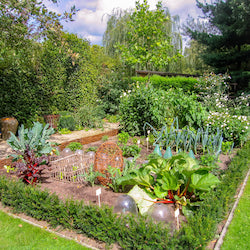
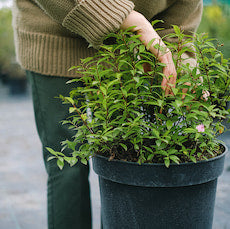
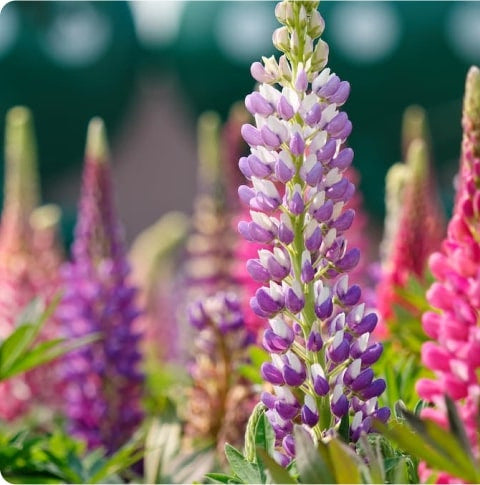


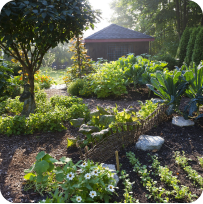





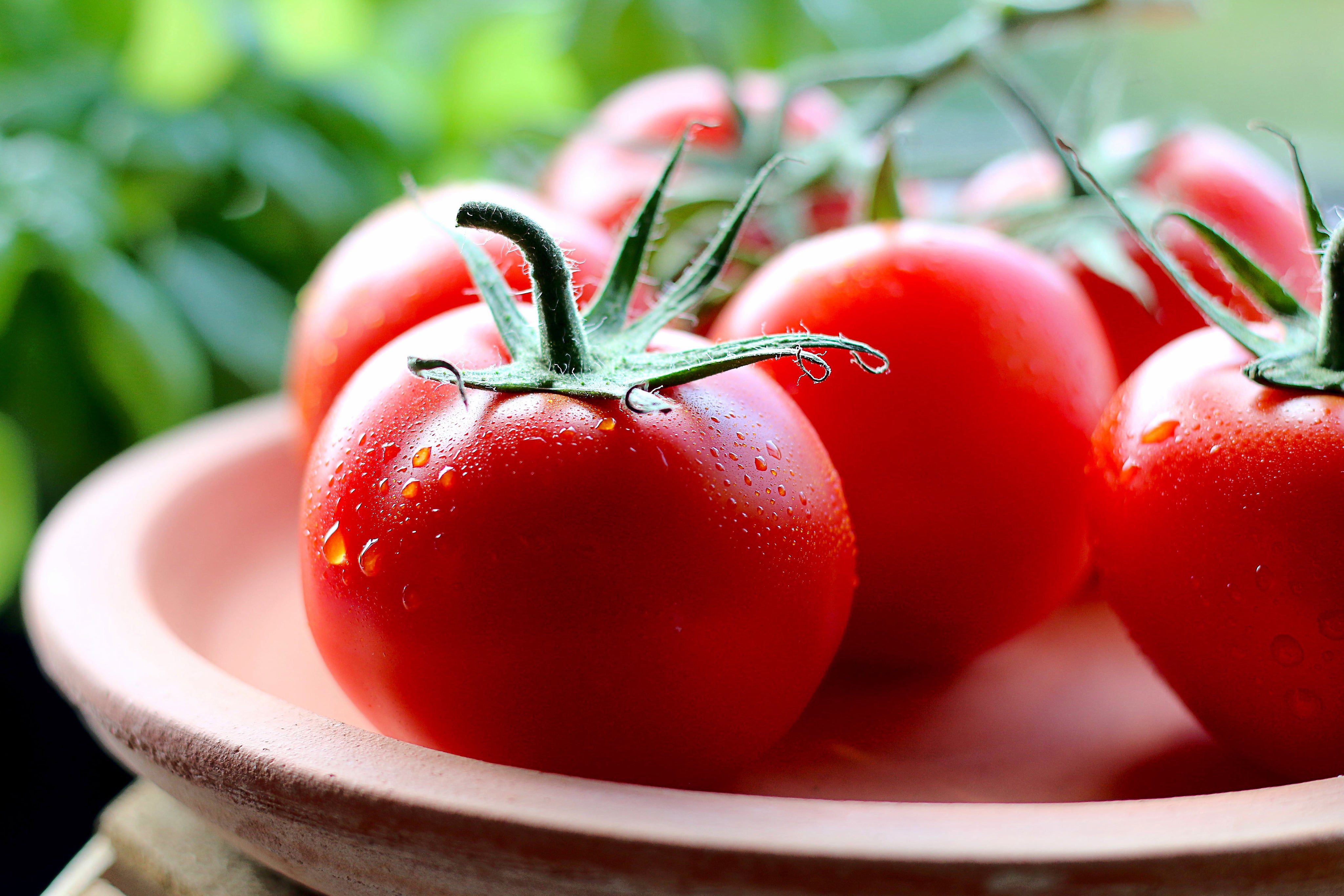

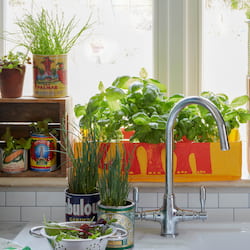
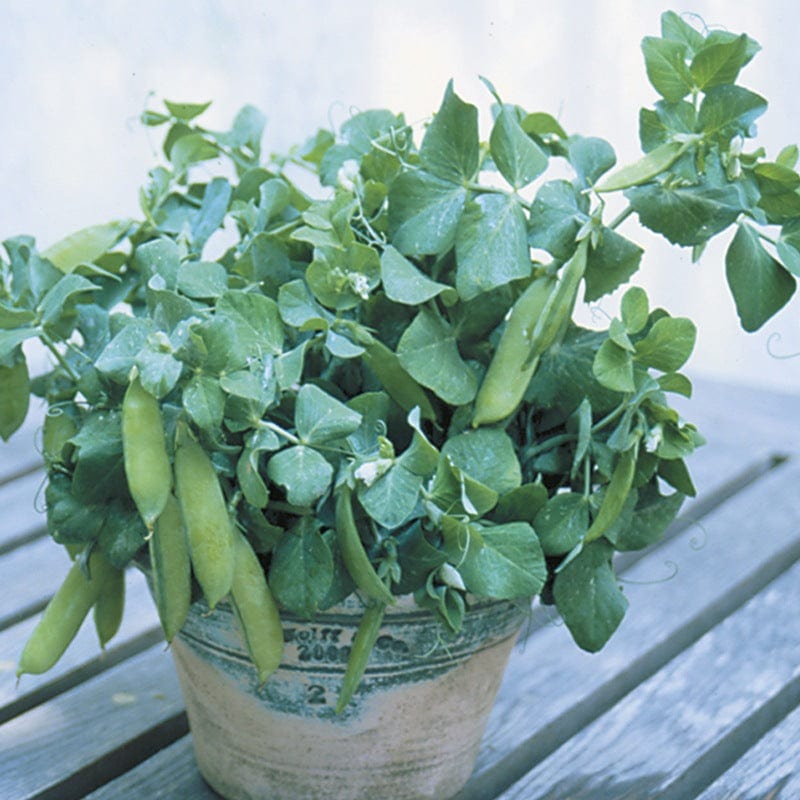


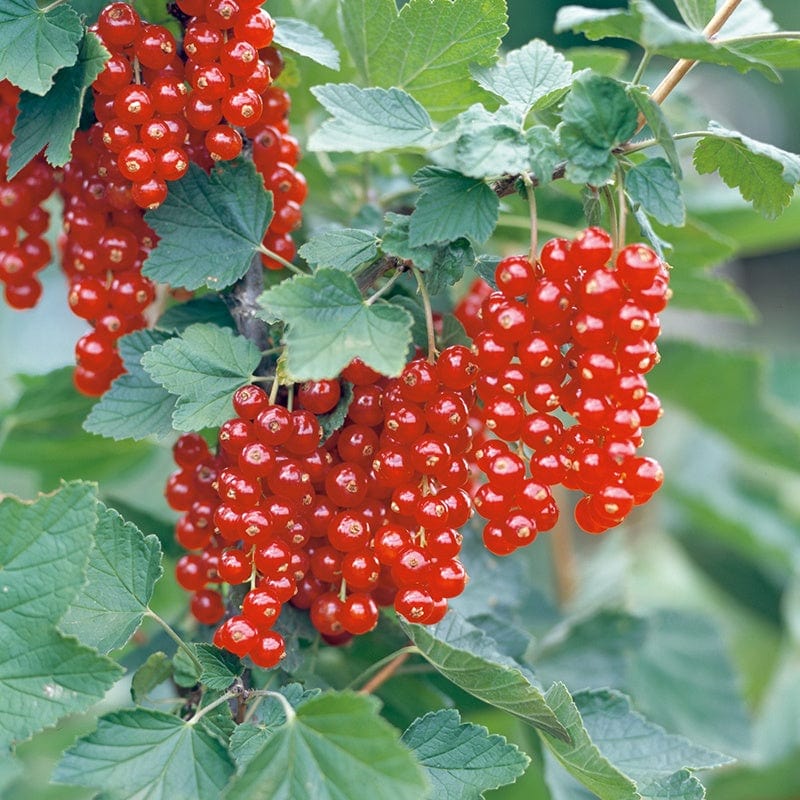
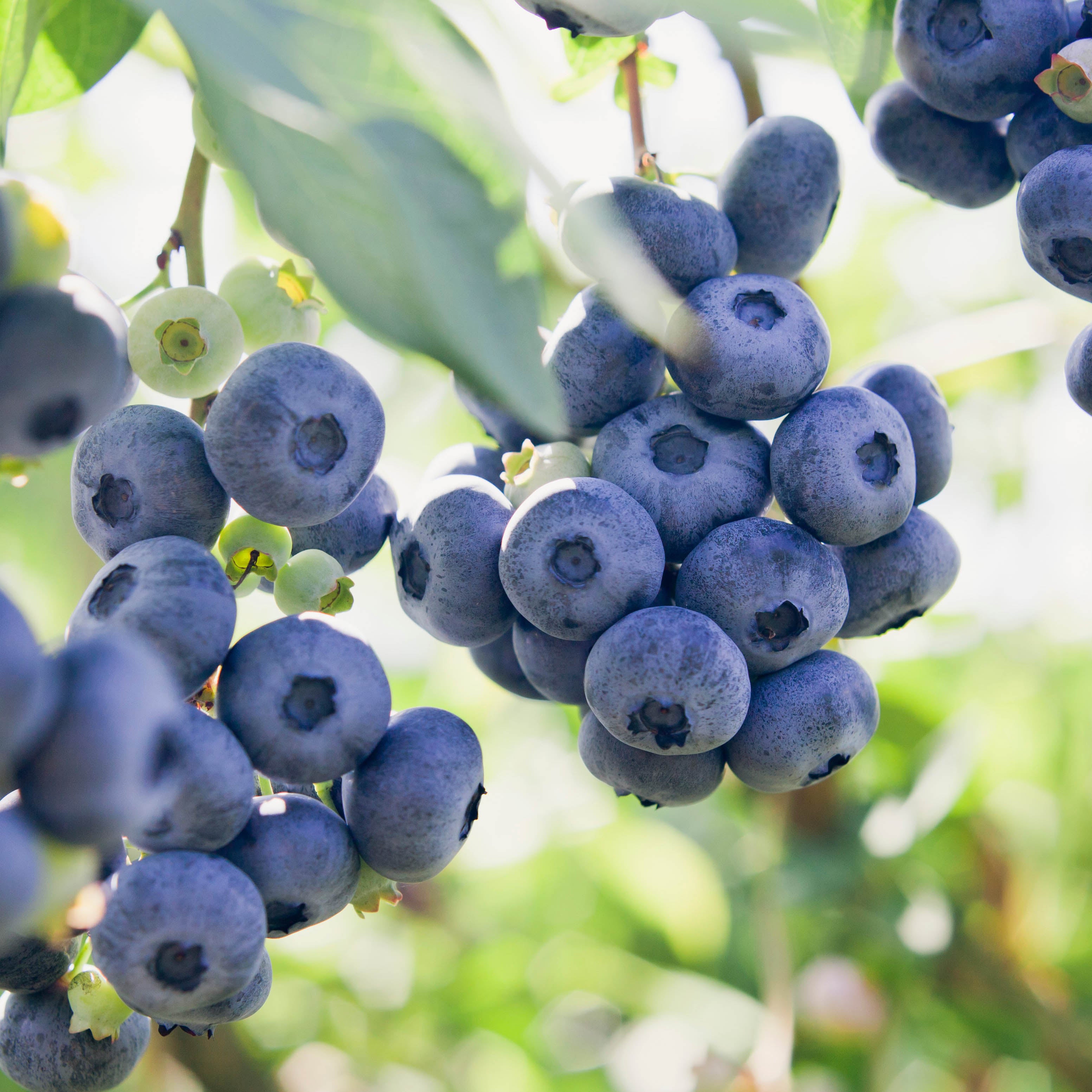
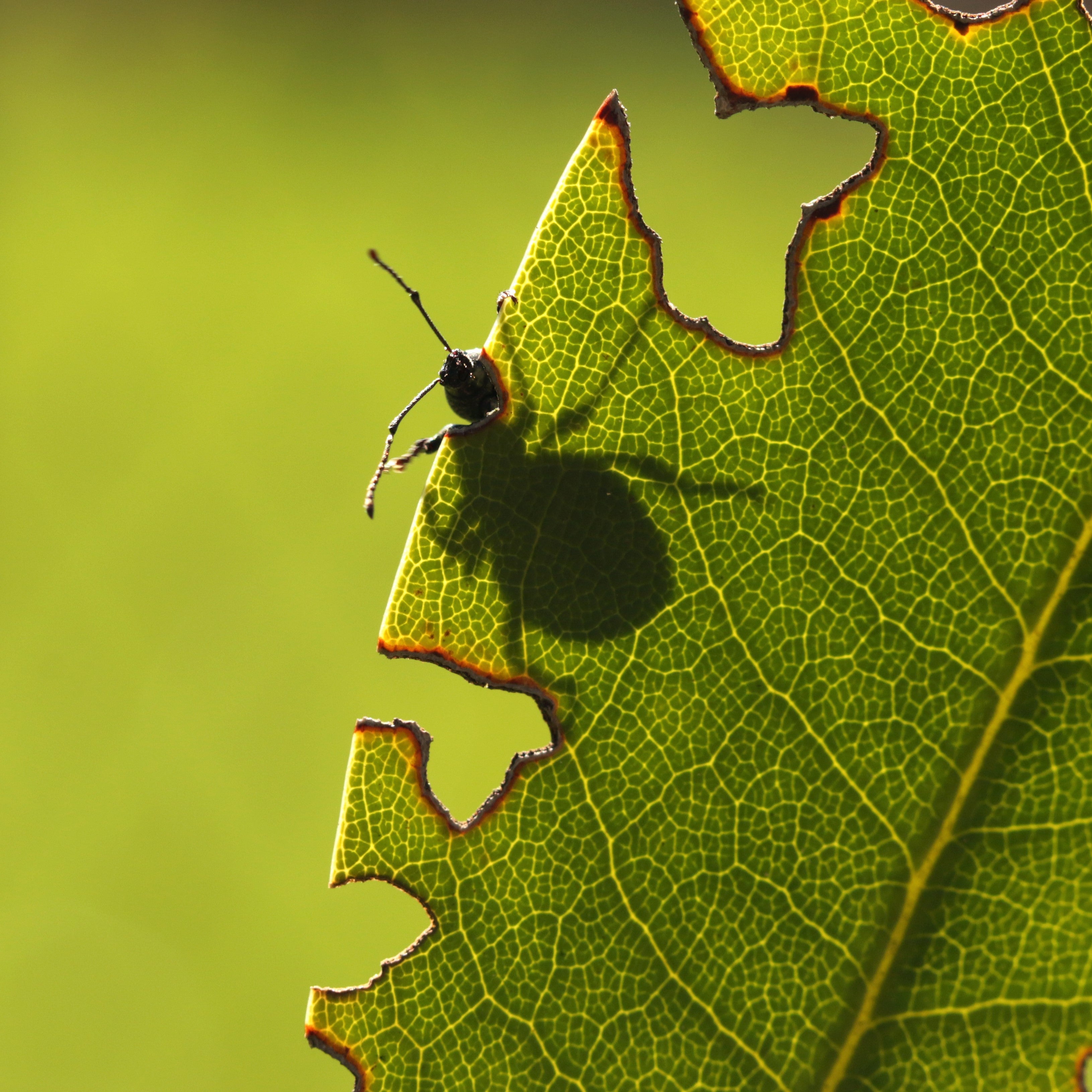

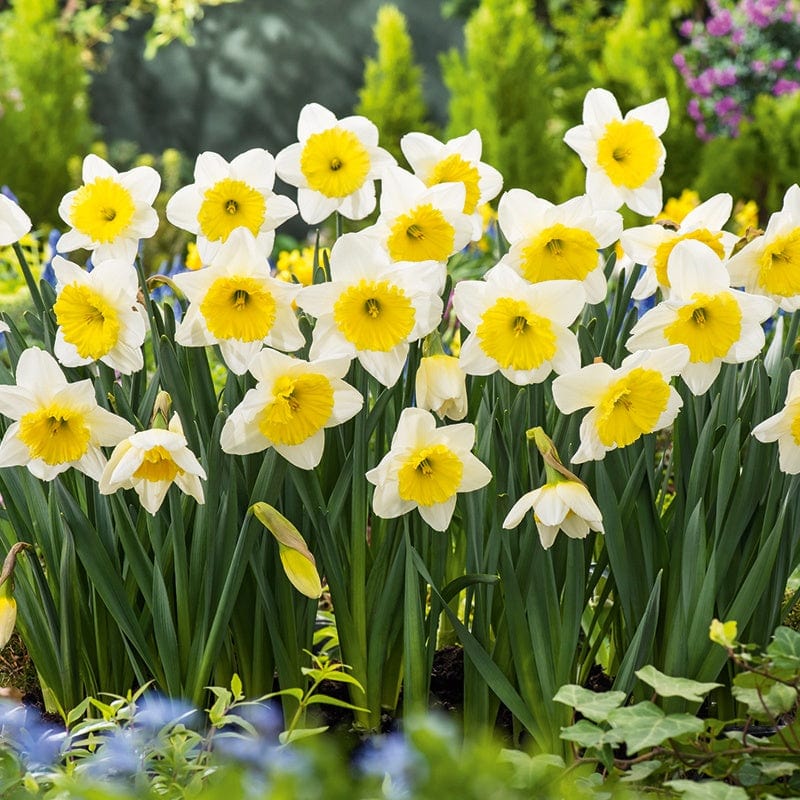
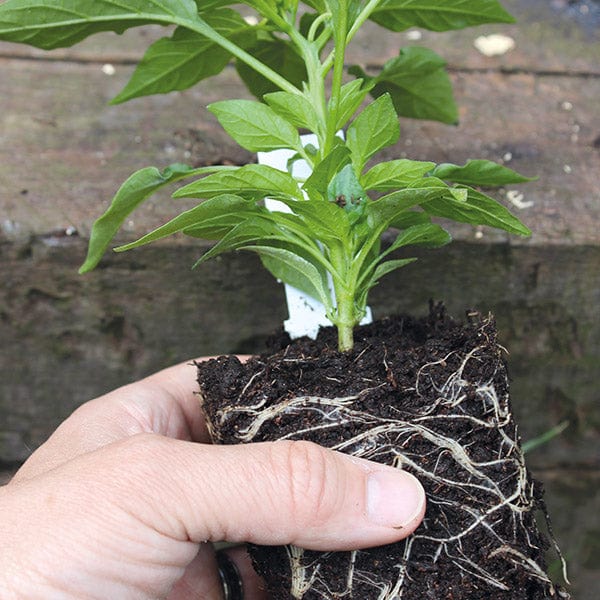
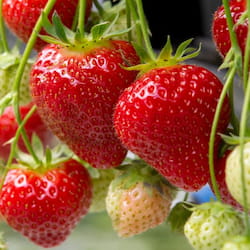

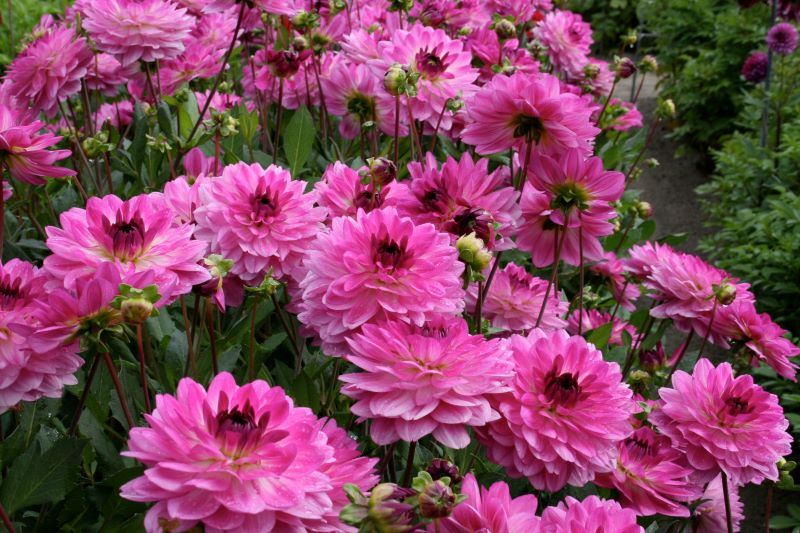
Leave a comment
All comments are moderated before being published.
This site is protected by reCAPTCHA and the Google Privacy Policy and Terms of Service apply.